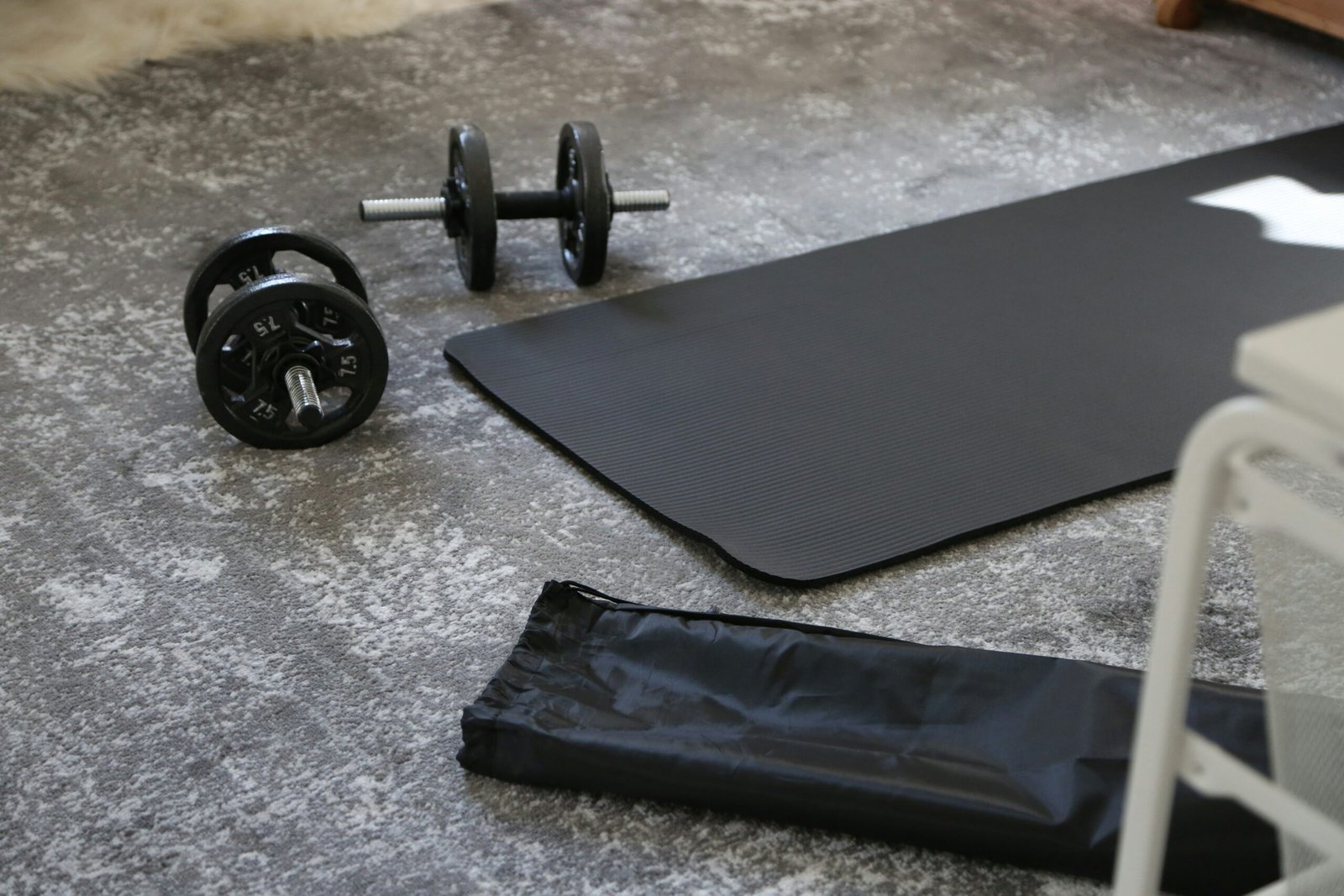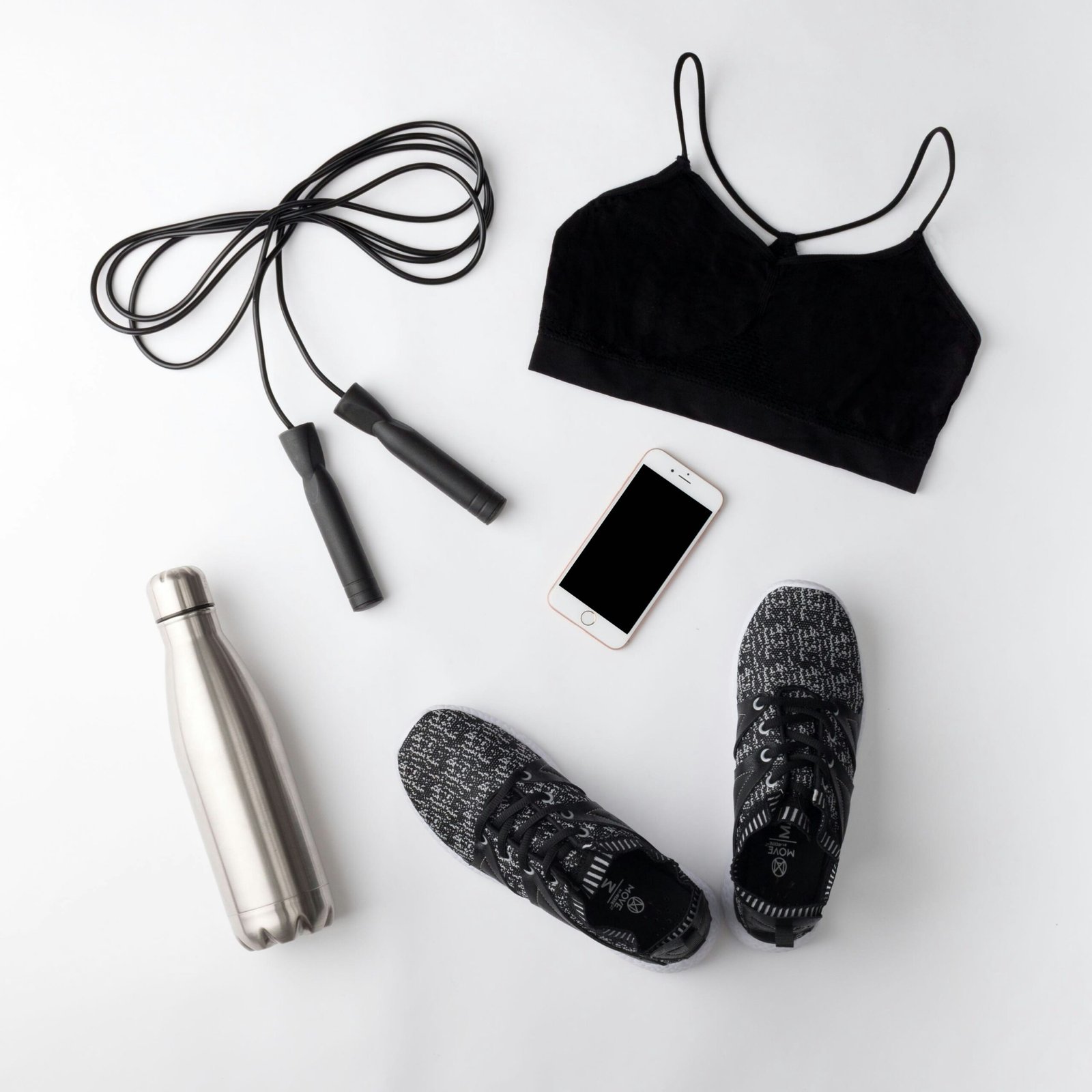Introduction: The Benefits of a Home Gym
Building your own home gym offers a multitude of advantages, establishing it as a valuable investment in your health and well-being. One of the primary benefits is the significant savings in both time and money over the long term. With a home gym, you eliminate the ongoing cost of gym memberships and the time spent commuting to and from a fitness center. This newfound convenience allows for more flexibility in scheduling workouts, catering perfectly to busy lifestyles.
Moreover, a home gym affords unparalleled privacy and comfort. Unlike public gyms, you can exercise in a space designed to meet your individual needs and preferences. This level of customization extends to equipment choices and workout routines, making it easier to focus on your specific fitness goals without distractions or waiting for machines to become available. Additionally, you have the freedom to create an environment that motivates and energizes you, whether that means playing your favorite music or setting up a dedicated area for yoga and meditation.
In recent times, the rise of at-home fitness has been influenced significantly by global events, such as the COVID-19 pandemic, which have limited access to public gyms. This shift has accelerated the trend towards home gym setups, as people prioritize health and safety while adhering to social distancing guidelines. The ability to maintain an active lifestyle from the comfort of one’s home has become a necessity, fostering a growing appreciation for the practicality and benefits of home gyms.
By customizing your own fitness space, you not only gain control over your workout environment but also enhance the consistency and effectiveness of your exercise regimen. As we continue to navigate the implications of a more home-centered lifestyle, the appeal of a home gym remains strong, offering a personalized, efficient, and adaptable solution for achieving your fitness goals.
“`html
Essential Equipment and Tools for a DIY Home Gym
Creating an effective home gym requires careful planning and the right selection of equipment and tools. To kickstart your DIY home gym project, certain essential items will prove indispensable. These foundational pieces of equipment ensure you can work out efficiently and safely within the comfort of your own space.
First and foremost, consider investing in resistance bands. These versatile tools are perfect for strength training and stretching exercises, making them a staple in any gym. Dumbbells are another crucial addition. Ranging in various weights, dumbbells cater to a wide range of exercises, including arm, chest, and lower body workouts. A well-padded workout mat is essential to provide cushioning and protect your joints during floor exercises and stretches.
No home gym is complete without a sturdy bench. A bench will enable you to perform numerous exercises such as bench presses, seated triceps dips, and step-ups. Opt for an adjustable bench to maximize its functionality across different workout routines.
In addition to workout equipment, certain tools and gear will be vital for constructing your DIY home gym. A measuring tape will assist you in accurately planning the space, ensuring all your equipment fits well. Power tools like a drill or a saw will be necessary for building or modifying gym structures, such as shelves or equipment mounts. Safety gear, including gloves and protective eyewear, is fundamental to avoid injuries during the construction phase.
To make your home gym more cost-effective, consider searching for affordable equipment at second-hand stores or online marketplaces. Additionally, repurposing items you already have at home can be both economical and environmentally friendly. For instance, a sturdy chair can serve as a makeshift bench, while reusable water bottles can function as light dumbbells in a pinch.
By carefully selecting and sourcing these essential pieces of equipment and tools, you will be well on your way to creating an efficient, functional, and budget-friendly home gym. This foundational setup will pave the way for more advanced additions as your fitness journey evolves.
“`
DIY Projects: Step-by-Step Guides
Creating your own home gym can be both cost-effective and enjoyable. Below are step-by-step guides for constructing essential gym equipment. Each project includes a list of materials and tools needed, along with detailed instructions and safety tips.
1. Building a Squat Rack
Materials and Tools: 4×4 lumber, screws, plywood, a drill, saw, measuring tape, and a level.
Steps:
- Measure and cut the 4×4 lumber into three sections: two upright posts and one crossbar.
- Screw the crossbar to the top of the two upright posts to form a U-shape.
- Attach plywood pieces to the bottom of the uprights for stability.
- Drill holes into the uprights at desired barbell height intervals.
- Secure J-hooks or similar brackets into the holes.
Safety Tips: Ensure the squat rack is level and securely built to support the weight being lifted. Always check for any structural weaknesses before use.
2. Crafting Your Own Weight Plates
Materials and Tools: Cement, plastic containers (molds), a drill, a steel pipe for handles, and a mixing bucket.
Steps:
- Mix the cement according to the manufacturer’s instructions.
- Pour the mixture into the plastic containers, embedding the steel pipe in the center to create the handle hole.
- Allow the cement to cure as per instructions, typically 24-48 hours.
- Carefully remove the weight plates from the molds once fully set.
- Smoothen any rough edges with sandpaper or a file.
Safety Tips: Wear protective gloves and a mask when handling cement. Ensure the weight plates are fully cured before use to prevent breakage.
3. Designing a Versatile Storage Solution for Equipment
Materials and Tools: Plywood, screws, wall brackets, a drill, saw, measuring tape, and a stud finder.
Steps:
- Measure and cut the plywood to fit the desired storage area.
- Locate and mark the wall studs using the stud finder.
- Attach the wall brackets to the studs.
- Secure the plywood to the brackets to form shelves.
- Add hooks or additional brackets on the sides for hanging resistance bands or jump ropes.
Safety Tips: Ensure the storage shelves are securely attached to the wall studs to support the weight of the equipment. Periodically check for stability.
4. Constructing a Pull-Up Bar
Materials and Tools: Steel pipe, flange, screws, a drill, and a measuring tape.
Steps:
- Measure and mark where you want the pull-up bar to be installed.
- Attach the flanges to the wall at the marked positions.
- Screw the steel pipe into the flanges, ensuring it is tightly secured.
- Double-check that the bar is level and securely fastened.
Safety Tips: Ensure the pull-up bar is installed into solid wall studs or a concrete wall for maximum support. Test the bar’s stability before use.
These DIY projects not only save money but also provide a sense of accomplishment. By carefully following these guides and prioritizing safety, you can create a functional and efficient home gym tailored to your fitness needs.
Maximizing Space and Safety in Your Home Gym
When designing your home gym, optimizing space and ensuring safety are paramount. Limited space can pose challenges, but with strategic planning and clever design choices, you can create an efficient and secure workout environment. Start by assessing the available area and understanding your spatial constraints. Compact, multifunctional gym equipment can serve multiple purposes, minimizing clutter and maximizing utility.
Effective layout configurations improve functionality and accessibility. Place larger equipment like treadmills and weight racks against walls to open up the central space for mobility exercises. Consider using corners creatively by installing corner storage units or mounting racks to hold accessories such as resistance bands and yoga mats. Vertical storage solutions are particularly beneficial in small spaces; wall-mounted shelving and hooks can keep items off the floor, enhancing both space utility and safety.
Safety is a critical aspect when configuring your home gym. Proper flooring is essential not only to protect your equipment but also to safeguard your home’s foundation. Look for durable, non-slip flooring materials like rubber mats or foam tiles that can absorb impact and provide adequate cushioning. This type of flooring reduces the risk of injury during high-intensity workouts and protects against potential damage to the underlying floor.
Arrangement of equipment also plays a key role in injury prevention. Ensure that there is ample room around each machine or equipment to allow for safe movement. Keep heavy items low to reduce the risk of tipping, and use sturdy storage solutions to secure lighter equipment. It’s also beneficial to include mirrors in your gym setup. Mirrors aid in maintaining correct form, thus reducing the likelihood of injury.
Regular maintenance and organization are essential components of a functional home gym. Periodically inspect your equipment for wear and tear, ensuring everything is in proper working condition. Organizing your gym space does not only keep it tidy but also contributes to a safer environment by preventing trips and falls. Routine cleanups and maintenance checks help sustain a gym that is both practical and safe.

